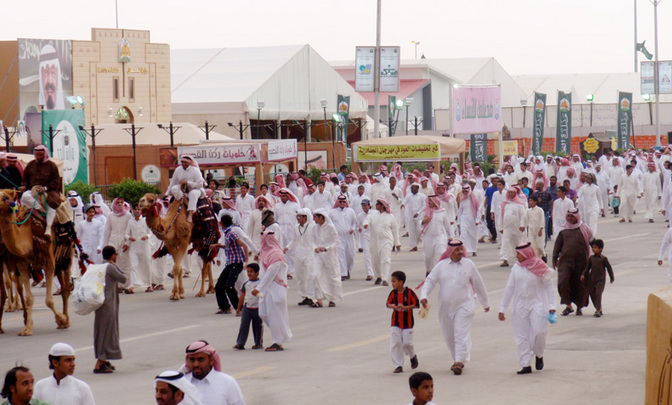RIYADH. As of mid-2024, Saudi Arabia’s population has reached 35.3 million, according to the latest estimates from the General Authority for Statistics (GASTAT). This marks a significant milestone in the Kingdom’s demographic landscape. The population is composed of 55.6% Saudi citizens and 44.4% non-Saudis, reflecting the diverse and dynamic nature of the country’s demographics.
Population Growth Trends
The annual increase in the number of people in Saudi Arabia has been steady, with an addition of 1.6 million individuals, representing a growth rate of 4.7% from mid-2023 to mid-2024. This growth rate is slightly higher than the 4.6% recorded during the base period in May 2022, indicating a consistent upward trend.
The total population of Saudi citizens exceeded 19.6 million by mid-2024, with an annual growth rate of 2%. This is a notable increase from the 19.3 million recorded in mid-2023. Meanwhile, the population of non-Saudis reached nearly 15.7 million by mid-2024, up from 14.5 million in mid-2023.
Contribution to Population Growth
GASTAT estimates reveal that non-Saudis accounted for 75.6% of the total population increase during the one-year estimation period, while the Saudi population accounted for 24.4% of this annual increase. The male population contributed significantly to this growth, with an annual increase of 70.8% during the period from mid-2023 to mid-2024.
Age and Nationality Distribution
When examining the population by nationality and age group, the data shows that the Saudi population in the age group from birth to 14 years constitutes 33.5% of the total population, compared to 8.6% for non-Saudis. The percentage of non-Saudis of working age (15-64 years) is significantly higher, reaching 89.9%, compared to 62.7% for the Saudi population.
Fertility and Life Expectancy
The fertility rate for the total population stands at 2 births per 1,000 women. This rate varies significantly between Saudi and non-Saudi populations, with the Saudi population having 2.7 births per 1,000 women, compared to 0.8 births for non-Saudis. Additionally, the average life expectancy for the Saudi population is estimated at 78 years, highlighting the overall health and well-being of the population.
The latest population estimates from GASTAT provide a comprehensive snapshot of Saudi Arabia’s demographic landscape. The steady growth in population, particularly among non-Saudis, underscores the Kingdom’s role as a major economic and cultural hub in the region. The data also highlights the importance of continued investment in infrastructure, healthcare, and education to support the growing population and ensure sustainable development.


